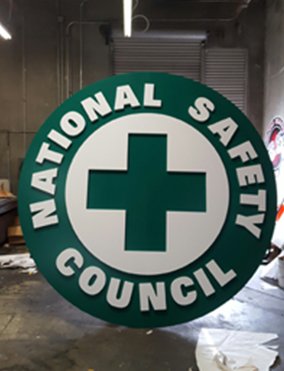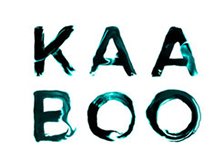
Big Time Customers, Small Business Feel

Big Time Customers, Small Business Feel

Big Time Customers, Small Business Feel











